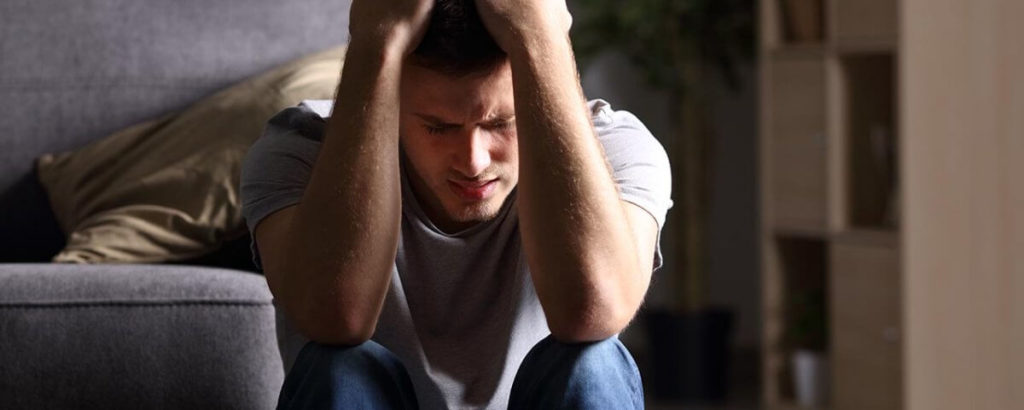Anxiety is your body’s natural response to stress. It’s a feeling of unease, fear or apprehension about what’s ahead. It’s your body going on high alert, looking for possible danger and activating your fight or flight responses. This response is activated by the perception of threat, quickly triggering the release of hormones that prepare your body to either stay and deal with a threat or to run away to safety. It’s an ingrained survival instinct, and the term ‘fight or flight’ refers to what happened when our ancestors were faced with danger in their environment: they could either stay and fight, or run away in order to survive. In either case, the physical and mental response to stress prepares us to react to the perceived danger with a chain of rapidly occurring reactions inside the body helping to mobilise our resources to deal with threatening circumstances.
Common symptoms of anxiety can be feeling nervous, restless or tense; having a sense of impending danger, panic or doom; experiencing an increased heart rate; breathing rapidly; sweating; trembling; needing to go to the loo urgently; feeling weak or tired; having trouble concentrating or thinking about anything other than the present concern. What is really important to remember is that the fight or flight response can be triggered by both real and imaginary threats. Indeed, in the 21st century the high-arousal situations we face are more psychological in nature (e.g. going for a job interview) rather than being faced by a sabre-tooth tiger.
The counterpart to the fight or flight response, is the Relaxation Response which occurs when the body is no longer in perceived danger – it is the opposite of your body’s stress response – your off switch. So how do you trigger the Relaxation Response to combat stress and anxiety in your life?
Remember to breathe – stop for a moment and focus on breathing deeply. Sit up straight, take a long breath through your nose, hold it for the count of three, then exhale slowly through your mouth.
Take a step back. Anxiety is usually focused on the future, so try to focus on the present and what is happening right now.
Follow the 3-3-3 rule to change your focus. Start by looking around you and naming 3 things you can see, then listen and notice what 3 sounds you can hear; then notice three things that you can touch nearby.
Telling a friend or family member how you’re feeling can help. Remember to ask for what you need – a listening ear, a walk, a coffee….
Gentle exercise can help ease symptoms of anxiety – walking, yoga or just some gentle stretching can all work.
Similar to deep breathing, laughter increases oxygen levels and helps with muscle relaxation. It can also just feel good and shift your focus – call that fun friend, or watch a comedy.
Listen to music that you enjoy and that relaxes you.
Write or sketch your feelings. You don’t have to be an expert, just the act of putting your feelings on paper can help you to stop them from buzzing around your head.
Sometimes it can be difficult to know what’s making you feel stressed and anxious, and then it can be useful to explore your feelings in therapy. But whatever your situation, you do have more options than just fight or flight because when was the last time you came face to face with a tiger?




